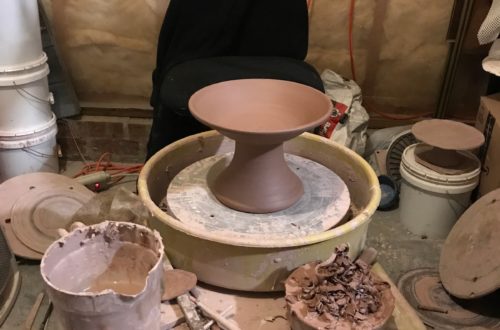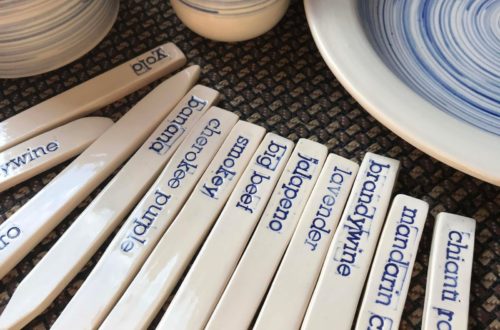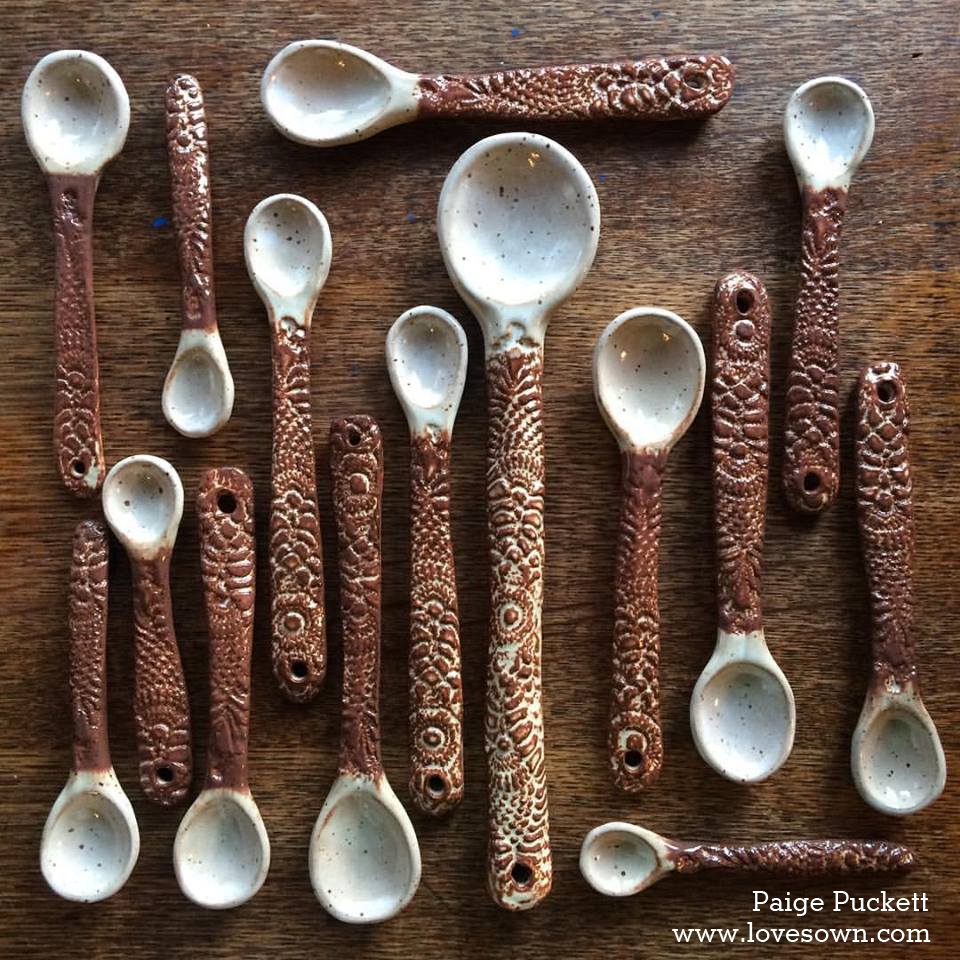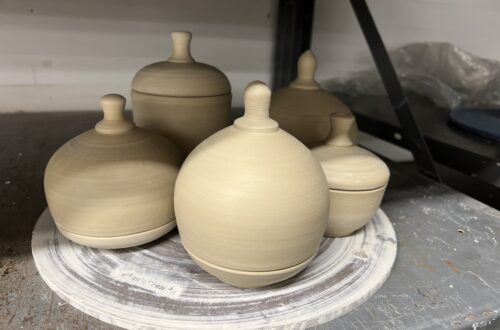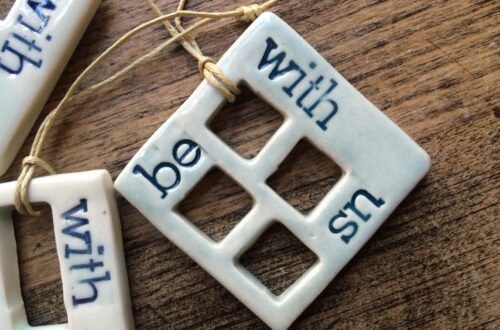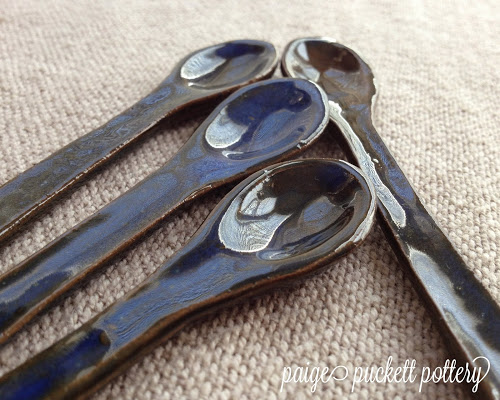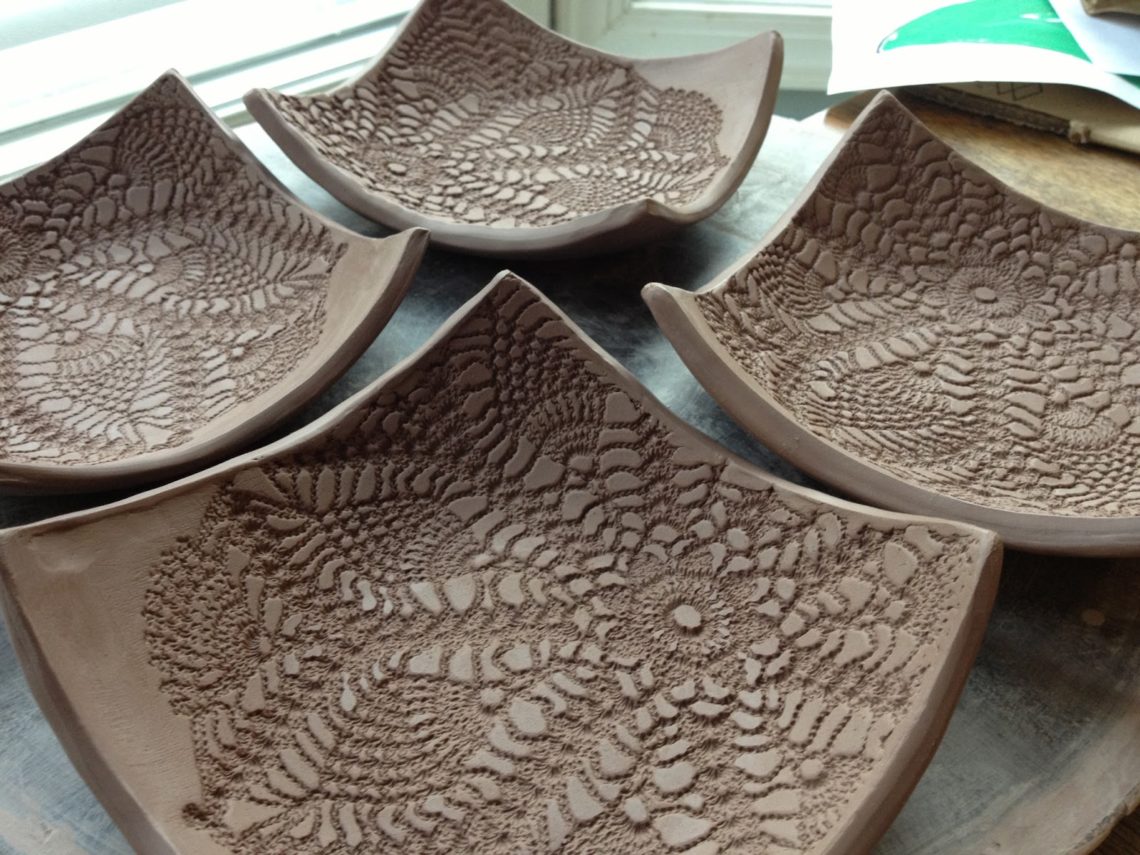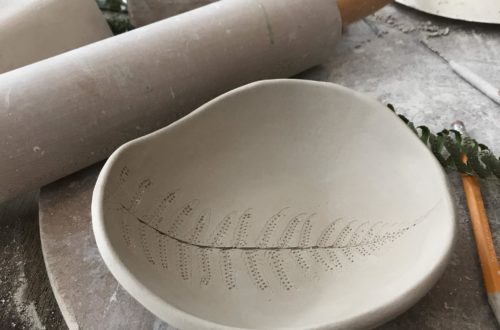-
Upcoming Shows
Two big local shows are coming up. The Rock and Shop Market takes place in downtown Durham, and The Handmade Market is in downtown Raleigh. I will be set up at both of those events. Keep and eye out on my facebook page for specials leading up to the events. As always, my Etsy site stays freshly stocked for those of you who aren’t local. Local friends who wish to shop online but pickup at my house are invited to…
-
My Life in Piles
Years ago, my friend Andrea did a photo series of her life in piles. This morning as I was surveying the downstairs living area, it struck me that I currently am living in piles. These piles represent daily chores, impending projects, and dumping grounds for things not in use or waiting to be sold. These are only the physical manifestation of the even larger number of mental and emotional piles that my brain is constantly sorting through.
-
Making spoons from a mold (Pictorial)
How to make and use a spoon mold 1. Pick some spoon you like, roll out a slab, and press the spooninto the clay. If you are using a spoon with a slick surface, spray oncooking oil first. I didn’t coat my wood spoons, and they didn’t stick. 2. Trim the excess clay and clean up the edges. 3. The spoons should pop out fairly easily once the clay starts to firm. 4. Bisque the molds. See how my big…
-
Hand Building Projects
After two cycles of predominantly wheel-thrown pieces, I’ve returned to hand building. Since I can do it at the kitchen table, it is perfect for these days when the garage is too cold. Later this month, I’m helping throw a birthday party for a friend, and we are making spoon rests. To prepare, I’ve been practicing and looking for good textures to use … and gluing the letters back on my rubber stamps. Yesterday, I went to the flea…
-
Throwing Cake Stands on the Wheel (Update)
Last week I posted “Throwing Ruffle-Edged Cake Stands“. I attempted to fire too quickly, and the one from the demo blew up in the kiln. Upon inspection, I could see where the ball used for the pedestal connected to the plate. If it had been bone dry, there wouldn’t have been an issue, but it still led me to throwing as one solid piece another to prevent any weak spots. Right as I was starting back at the process, my…
-
Throwing Ruffle-edged Cake Stands
I’ve been on a quest to develop a simple, elegant process for throwing cake stands on the pottery wheel. They are not difficult to throw as one piece, but I was encountering several problems as they dried. First, the edge was curling up, meaning when the plate was turned right-side-up, the top slightly slumped boding immanent disaster for buckeye balls or round fruit. The other issue was that the compression under the cylinder was slightly different, leading to a ring…

